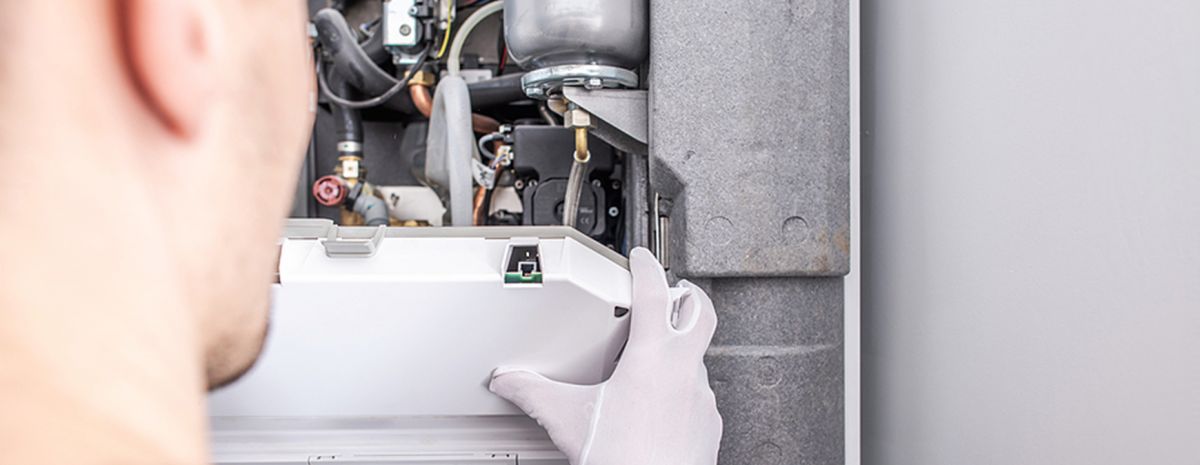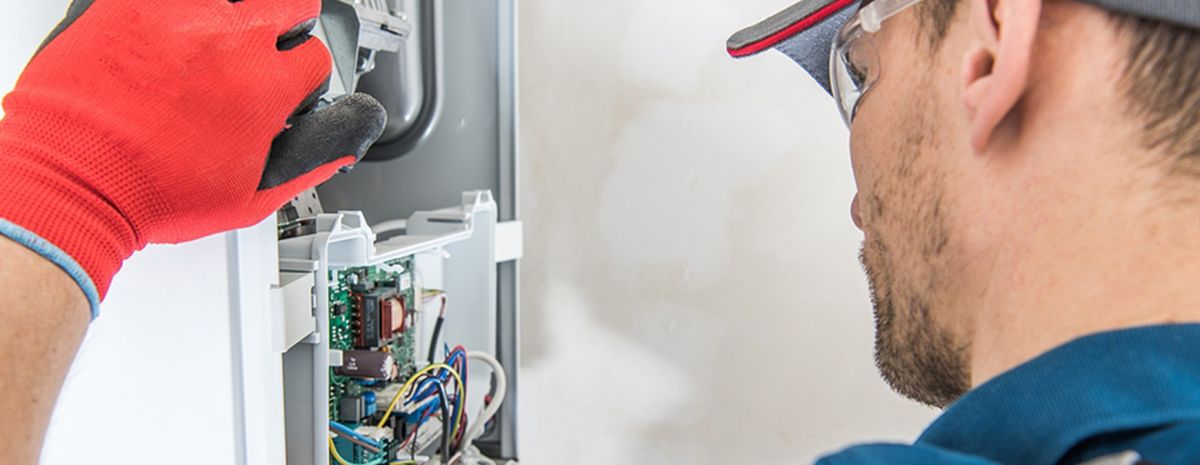RSI is a Great Training Option for Everyone
Learn more about how we can prepare you to advance your career.
As the outdoor temperature changes, so can the furnace problems the average homeowner may face.
Whether you’re just finishing your HVAC classes or are established in the field, it can be helpful to know how to help customers troubleshoot furnace problems.
Let’s take a look at 3 common customer questions about faulty furnaces. And how you can help answer them, so your customers can quickly restore warmth to their homes this winter.
How Does a Furnace Work?
Before you can help homeowners tackle common furnace problems, it can be helpful to explain to them how these units function.
Furnaces use electricity, oil or gas to heat air before it’s transferred throughout the home via ducts or pipes. Cooler and denser air is sucked back into return ducts to repeat the process.
Get Started on the Path to a New Career
Fill out our form to learn how we can help you change your life.
Furnace Troubleshooting FAQ

See 3 common customer questions about furnace problems and their potential answers below.
Question 1: Why is my furnace’s pilot light not working?
The Problem
One of the most common problems that keep gas furnaces from operating correctly is a pilot light that fails to ignite.
This flame lights the gas on its way to burners in order to heat air being held in the combustion chamber. When a pilot light isn’t working correctly, the entire furnace becomes ineffective since it’s the primary source of heat.
3 Potential Solutions
- At first, you can advise the homeowner to light the pilot light to see if that solves the problem. If they don’t know how, you can recommend a service call.
- If the flame seems to flicker before completely going out, there might be a draft causing the problem. You can instruct the homeowner to search for a possible source of the air and to double check that the combustion chamber’s cover is secured.
- When the pilot light is split into more than one part, a dirty pilot tube could be to blame. This can sometimes be solved by cleaning the tube. Again, if the homeowner’s not knowledgeable enough about the equipment for the task, you could recommend service.
Question 2: Why is my furnace blowing cold air?
The Problem
A troubling and confusing furnace problem that some people experience in the wintertime is the presence of cold air instead of that toasty and relieving heat they were expecting.
3 Potential Solutions
- Sometimes, the thermostat is inadvertently placed on a lower temperature or a fan setting is accidentally enabled. These causes can easily be reversed. Ask the homeowner to check the thermostat and fan settings and to adjust them accordingly.
- If the homeowner recently got a replacement thermostat, you can check if it’s compatible with their furnace. If not, this could be why the two pieces of equipment aren’t communicating with each other properly.
- Overheating problems can cause a furnace to shut down, resulting in a unit that can only blow cool air. You can ask homeowners to check their furnace air filter to ensure it’s not causing the issue by blocking air.
Question 3: Why is my furnace leaking water?
The Problem
Your customer notices a puddle of water or an unidentified liquid beneath their furnace.
2 Possible Solutions
- Ask your customer about their unit to determine if it’s a high-efficiency furnace (an AFUE rating of 90% or more). These models naturally produce condensation from their cool exhaust system. In this case, you can instruct customers to check the floor drain for clogging.
- For homeowners who haven’t had a routine service call in a while, the humidifier could be the cause of the leakage. If so, you can advise them to schedule winter HVAC maintenance.
When Troubleshooting Doesn’t Work
What can you do if none of the solutions suggested above fix the problem? Furnaces don’t last forever.
Ask your customer how old the unit is. If the furnace is 15-25 years or older, it may be time to recommend a new system.
Additional Sources
This blog has been labeled as archived as it may no longer contain the most up-to-date data. For a list of all current blog posts, please visit our blog homepage at https://www.rsi.edu/blog/




